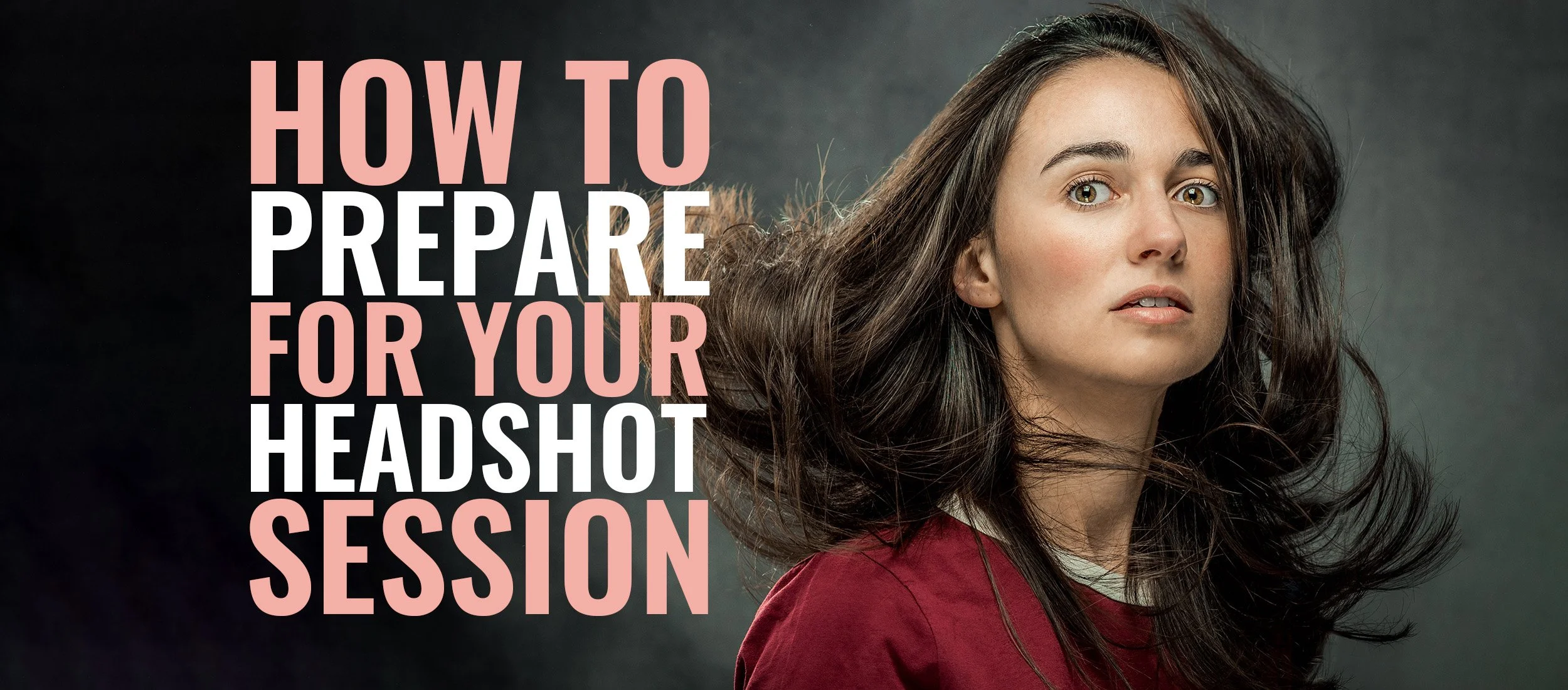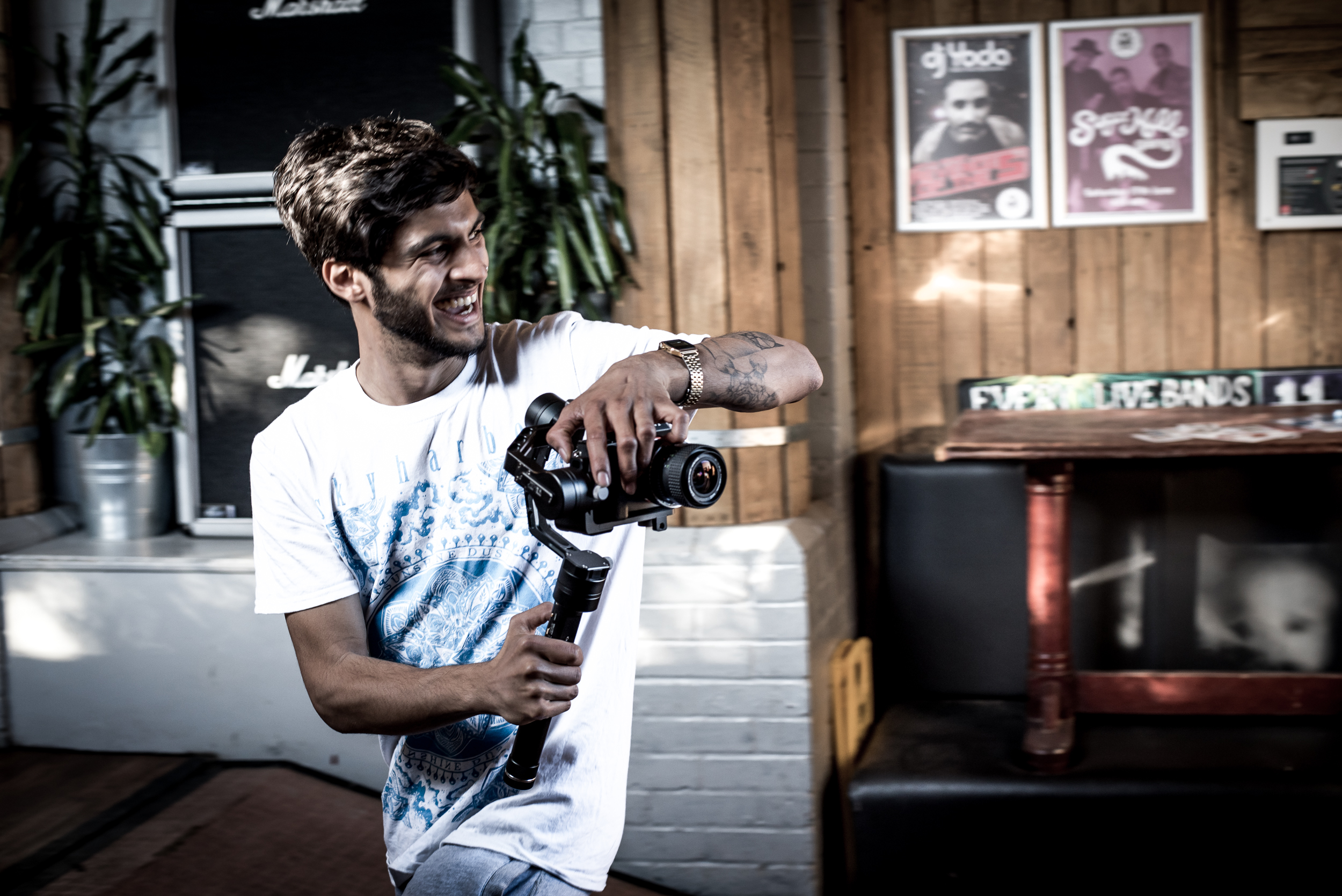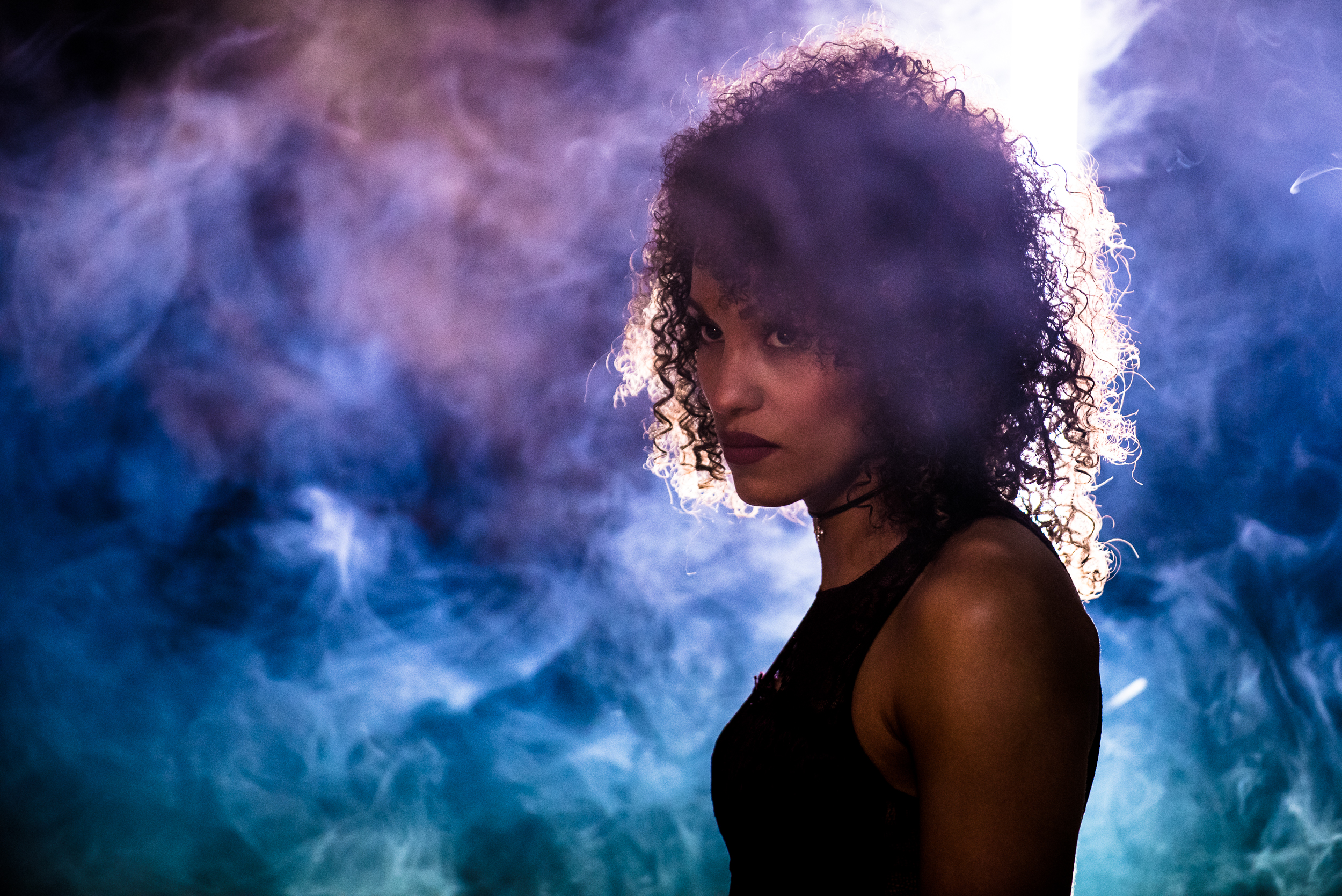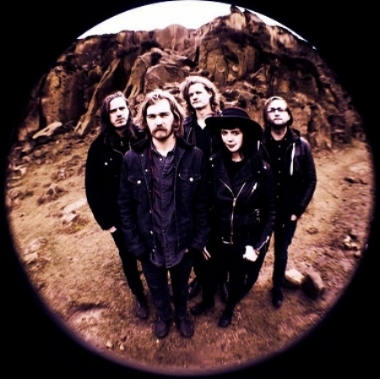The benefits of professional photography for small businesses go beyond creating beautiful images. Professionally shot photographs can help to increase engagement on social media, improve website traffic and conversion rates, and ultimately drive sales. Moreover, professionally shot photographs can help small businesses stand out in a crowded marketplace and position them as trustworthy and credible as well as market and thought leaders.
Read moreHeadshots vs Portraits: Understanding the Differences
When it comes to professional photography, the terms "headshot" and "portrait" are often used interchangeably, but they do have distinct differences. Understanding the differences between headshots and portraits can help you make a more informed decision when it comes to choosing the right type of photography for your needs.
Read moreHow To Prepare For Your Headshot Session: Tips And Tricks For Getting The Perfect Shot
Your headshot is often the first point of contact that potential clients or casting directors have with you, and it's essential to make a good first impression. A well-done headshot can convey confidence, professionalism, and approachability, which are all critical qualities for any professional. But how do you prepare for your headshot session to ensure that you get the perfect shot? In this blog post, we'll provide some tips and tricks for getting ready for your headshot session.
Read more6 Tips To Make Your Headshot Stand Out
Your headshot is often the first impression people have of you, so it's important that it makes a strong and positive impact. But with so many headshots out there, how can you ensure that yours stands out? In this blog post, we'll explore some tips and tricks for making your headshot truly memorable.
Read moreHeadshots for Corporate Executives: Why They Matter More Than You Think
As a corporate executive, your professional image is critical to the success of your business. A well-done headshot can help you stand out in a sea of competitors and make a lasting impression on potential clients and partners. But why are headshots so important, and what should you keep in mind when having yours taken? In this post, we'll explore the importance of headshots for corporate executives and provide tips for getting the perfect shot.
Read moreThe Making of TONY HILL'S TREMOR ROCK
The Tony Hill Band (Richard Baker, Tony Hill & Pete Harris)
Photo stories are an interesting medium, somewhere between portrait and action photography with the added story aspect of filmmaking. When I heard that my friend Tony was about to shoot a video for his upcoming album H.L.I.O. I jumped at the opportunity to turn the video shoot into a photo story.
Here's the storyline for 'Tremor Rock' in a nutshell:
Filmmaker Josh Gurner in action
Tony gets hit over the head at a bar and finds himself tied to a pole, being tortured by an as of yet unknown tormentor. During the course of the video his injuries get progressively worse as the torture implements are revealed. His torturer turns out to be an ex-girlfriend (played by the talented actress/model Candice Dacosta) who has clearly nurtured a grudge for some time.
The idea was to capture the video's storyline along with live band shots and behind-the-scene stills to portray the whole shoot in its entirety, as well as the team involved to make it all happen.
'Tremor Rock' was filmed by uniquely talented filmmaker Josh Gurner and working with him on set was great fun. His creative use of lighting, in conjunction with his visual approach to storytelling, enabled me to simply focus on capturing what was going on at the time.
Special FX make up artist Louise turned Tony into a beaten up wreck of a man and if there's one thing I learned on this shoot then it's the immense skill and artistry that is required to make these injuries come to life and look so realistic.
I'm sure being tied up to a pole for several hours helped Tony's acting skills - he did look like he was in pain even when the camera stopped rolling.
Once the torture and live band scenes were in the can we moved on to the MK17 venue in Milton Keynes for the video's opening sequence - and to finish the day with a couple of cold ones.
For my fellow gear nerds I used my Nikon D750 with a range of lenses for this shoot, namely the holy trinity of 14-24, 24-70 and 70-200mm, as well as 50 and 85mm prime lenses thrown in for good measure.
CLICK HERE to see the whole photo story
or check out the finished video here:
Special FX make up artist Louise
Candice Dacosta
Louise testing fake blood
Latex modelling. Preparing Tony's face early on in the shoot
Candice Dacosta on set
Tony and his son Jenson on set
Josh getting up close with a gimbal shot
It only got worse from here
It could have been a whole lot worse...
Top Ten Band Photo Clichés
When it comes to band photos, some images really stick out. It’s those really interesting, creative ones and the ones that are so simple that your full attention is drawn to the main subject - the band. Unfortunately it’s easy for any band to fall into the cliché trap. What I mean by that is that there are certain types of band photos that seem to show up time and time again and have done so over the past five decades, regardless of musical genre or fashion style. If you really want to stand out then you need to come up with something vibrant and new or simply remember that it’s not about where you are but who you are as an artist or band. To help you out I’ve identified 10 band photo clichés to avoid like the medieval plaque.
Missed the train...or the plot?
1. Train Tracks
Unless you’re into some serious south-of-the-border bluegrass and have your banjos primed, avoid the stereotypical train track photo at all costs. And even then…don’t do it. It’s probably the number one band photo cliché and if you want to set yourself apart from the rest, well, I’m sure you can come up with something more interesting than standing on a railroad, guitar in hand, looking into the distance…you get the picture.
2. Brick Walls
I’m not sure if magnetism is involved but bands seem to be attracted to having their photo taken in front of them. You’ve all seen those shots - band members leisurely leaning against the brick wall, one foot propped up against it, looking into the distance…there it is again, the ‘looking into the distance’ bit. I guess we’ll be talking about that later. For now, avoid brick walls. AVOID, AVOID, AVOID
Can't see the trees for the...
3. The Woods
Here’s the problem with bands posing in the woods; busy backgrounds. Do you really want the focus to be taken away from the most important thing in the picture (you) and distract the viewer with a super-busy background? If so go ahead and sit on a tree in the middle of the woods surrounded by foliage, ferns and foraging animals. Speaking of busy backgrounds, this leads us on to the next cliché.
Derelict chic
4. Derelict Buildings
Derelict buildings, demolished walls, old factories. I was going to say, ‘unless you’re a hardcore metal band from the 80s’, but you know what? Even then, avoid derelict buildings like the black death itself. Again, busy backgrounds don’t do anything but distract the viewer. Keep it simple but interesting and the derelict chic thing has been overdone a billion times since Zoolander.
Seriously...what were they thinking?
5. Looking into the Distance
Another thing you see a lot in band photos is the ‘looking into the distance’ or off-camera glance. That’s a great way to look totally disinterested in what’s happening and disconnect with the viewer (possibly your next agent, manager or producer). It’s not arty and it’s definitely not cool so try and look at the lens if you want to connect with your audience.
Multiple clichés in one picture
6. Holding random items
What is up with that? Holding random items that don’t relate to who you are or what you do is not creative, arty or in any way interesting. It distracts when what you really want to do is channel the viewers attention towards you, the band. Oh, and please don’t let the drummer hold a snare drum - I know it should make sense but it is really lame. REALLY LAME!
No zebras were hurt in this one
7. The Zebra Crossing
There are only two bands that have made walking across zebra crossings work - The Beatles and the other one wore socks. It’s an iconic image and therein lies the problem: you’ll be compared to them every time. Avoid recreating other iconic band photos (Queen’s Bohemian Rhapsody comes to mind) - it’ll always make you look like a cheap knock off and shows you can’t come up with anything interesting yourself. Boring.
Fish Eye galore
8. The Fish Eye
Doing fish eye shots was the BIG thing to do in the 90s and granted, there are some famous band photos using this technique. However, just like everything that’s overdone, try and come up with something that makes you stand out as a band. You’re probably working really hard to make your music unique - don’t skimp on your band photos.
V stands for [insert here]
9. Standing in a V
Yep, standing in a V shape with the lead singer in front seems to be the default position for 5-piece bands. Just like the Fish Eye it’s been done, done and done again. If I had a penny for every time I’ve seen one of those I wouldn’t be writing this blog right now - I’d be sipping Bacardi in the Caribbean or possibly somewhere else with a poolside bar, sun loungers and complimentary drinks vouchers. Don’t go there, stay away from the V.
Lead Singer Syndrome?
10. LSS - Lead Singer Syndrome
Remember the lead singer in front and all the other band members blurry, out of focus or partially blocked in the background? When that’s happening you know that the solo album is just around the corner. I’m fully aware that just about every lead singer thinks they are at the centre of the known universe but trust me, unless you really want to set off your singer’s solo career, don’t do it - and yes, it’s called a band photo!
Did I miss any clichés? If you can think of any that I didn’t mention then let me know in the comments section below, I’d love to hear from you.

























![V stands for [insert here]](https://images.squarespace-cdn.com/content/v1/588538fa9f7456820885b121/1488411436388-8LEELCW126VDRTG63RMS/image-asset.jpeg)
